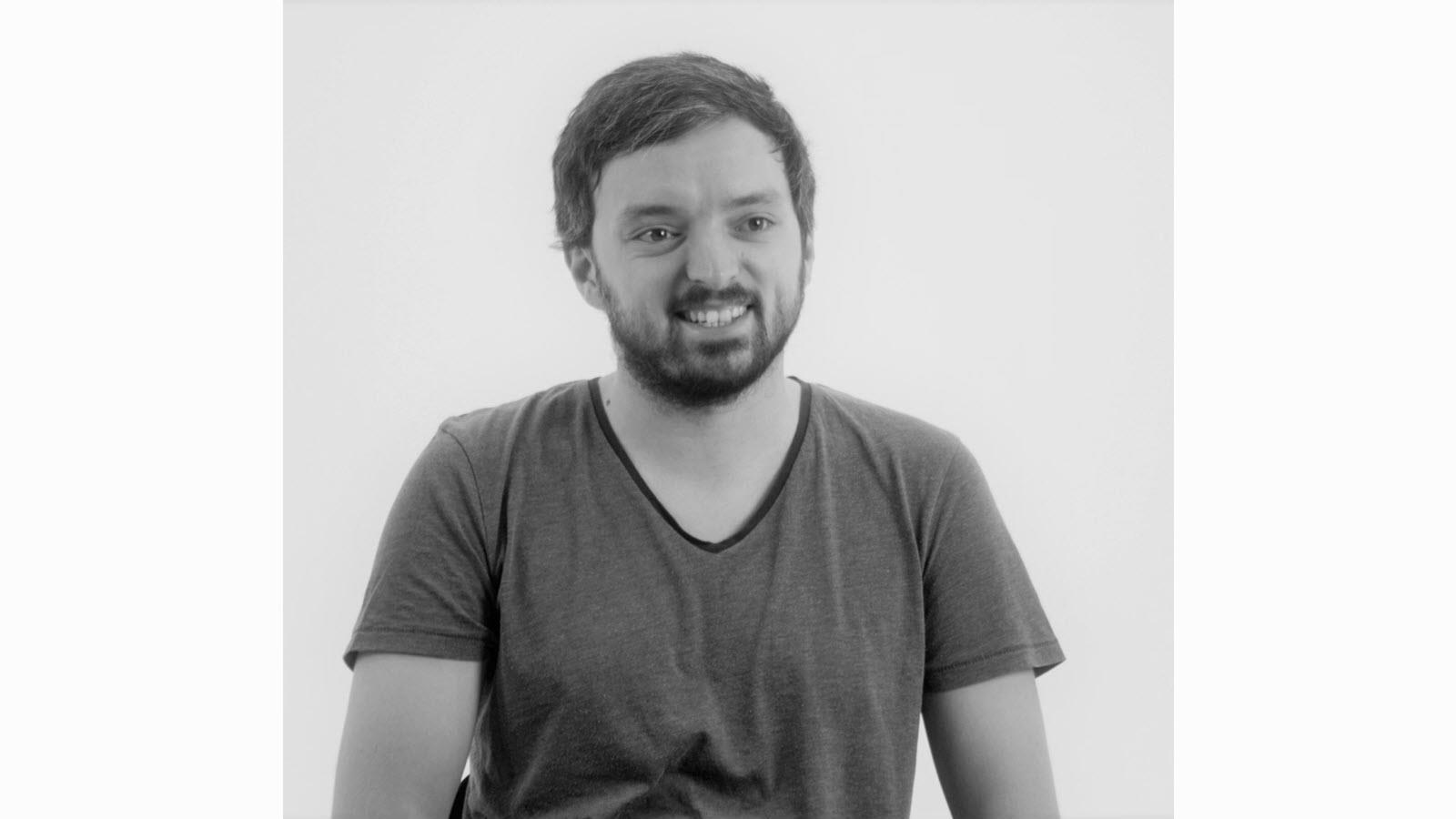Earlier this year, CSL Behring launched a special photo exhibit to celebrate how far the hemophilia community has come. Renowned photographer Rankin took the black and white portraits, which put patients, caregivers, health care professionals and researchers in the spotlight – a spotlight that now extends to Europe.
The expanded exhibit recently added a story from Lukas, a patient from Europe. Now age 30, Lukas was born in Austria and today works as a journalist. He was diagnosed with hemophilia A at nine months old and, back then, his parents had trouble placing him in kindergarten because schools were fearful of being responsible for him. Fortunately, he was able to enjoy a typical school experience except he missed out on playing sports.
Lukas still has chronic pain and difficulty with an ankle joints due to past bleeds. But he has found low-impact sports he enjoys – swimming and cycling.
“I think sports also helps your mental health,” he said.
And good friends have been a constant.
“I’ve never had a bad experience when it comes to my circle of friends,” he said. “When I’ve told them about my hemophilia, they’ve always shown an interest.”
Friends who also have hemophilia played an important role, too.
“I’ve exchanged ideas with other patients and made friends for life,” Lukas said.
The exhibit, which debuted in a New York gallery, also includes reflections from Dr. Robert Klamroth, a leader in the medical community that supports hemophilia patients in Germany. Klamroth has 25 years of experience and today heads Berlin, Germany’s Comprehensive Care Haemophilia Treatment Center.
He said he fell in love with the specialty and marveled at the progress made over the last 70 years. From having no treatment options and dying at young ages to today, a “golden age” when patients have many treatment options and a good chance at a normal life expectancy.
“We can still improve,” Klamroth said. The aspiration of our patients is to live in a bleed-free world with participation in all events like people without a coagulation disorder.”



